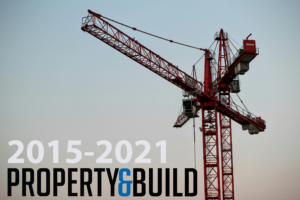Given the move back to Covid Alert Level Four, it’s no surprise that the Reserve Bank has chosen to delay an increase to the official cash rate, says CoreLogic Chief Economist Kelvin Davidson

Lockdown could mean that any looming OCR increase is more likely to be a gradual 0.25% rather than the 0.50% rise that many were speculating about.
The rise could also presumably happen as soon as there is a bit more certainty around lockdown, rather than necessarily needing to wait until the next ‘official’ opportunity on 6th October.
Even so, whilst acknowledging that uncertainty is obviously very high right now, inflation is above target and employment is high, so there’s still a case for higher rates. Indeed, the RBNZ itself has projected the OCR hitting 2% by about the middle of 2023 – i.e. 1.75% higher than it is now.
For the property market, the medium term outlook of continued rises in mortgage rates means that borrowers are going to have to divert more money towards paying their mortgage, and some may not be able to access as much home finance as before.
Either way, this is another headwind for the market, in addition to regulatory changes such as tighter loan to value ratio rules and the phased removal of interest deductibility for investors.
From a financial stability perspective, the hope has to be that borrowers recognise that even a small rise in mortgage rates from a low level equates to a large proportional change – and a significant rise in their repayments (whenever their current fixed rate comes up for renewal).
In the event that mortgage rates rose from 2.5% to 4% over a period of time, somebody buying the average property at a value of $922,421, with a 30-year mortgage and a 20% deposit, would see fortnightly repayments rise by roughly $280 (or nearly $7,300 annually).
On the whole, we’ve all got a tricky period to negotiate. But assuming short lockdowns, not much has changed in terms of the property outlook. Our view is that sales activity and price growth are close to (or at) a peak, and that both will ease for the rest of 2021 and into 2022.
However, with unemployment low and in the absence of a GFC-style credit crunch, a full-on property downturn still seems unlikely – especially since the expected end point for interest rates will still be low.










